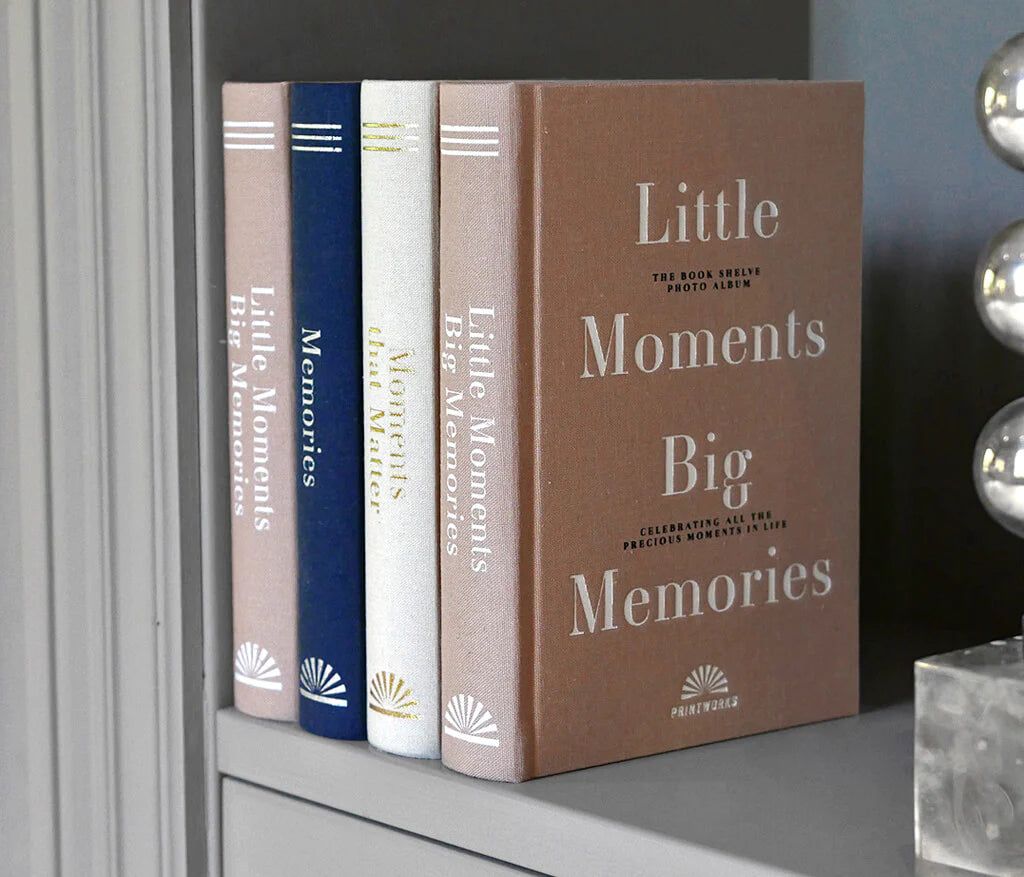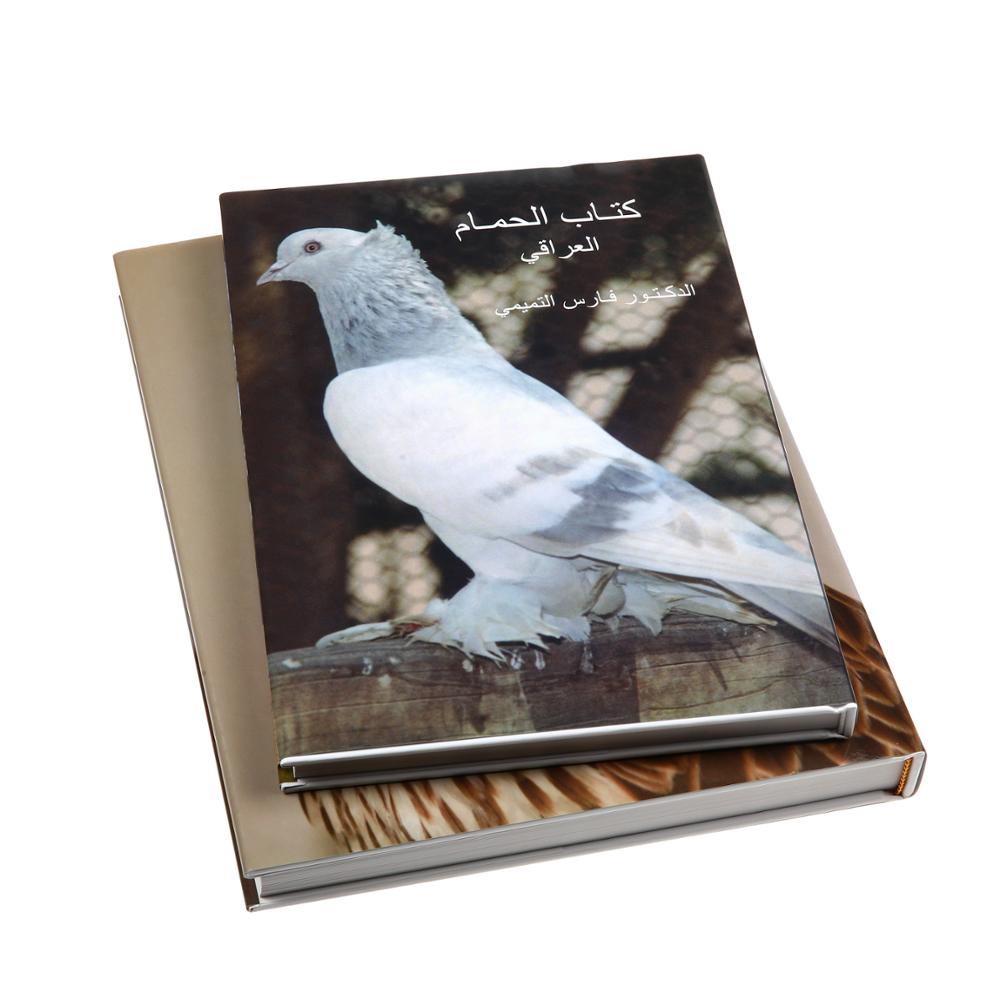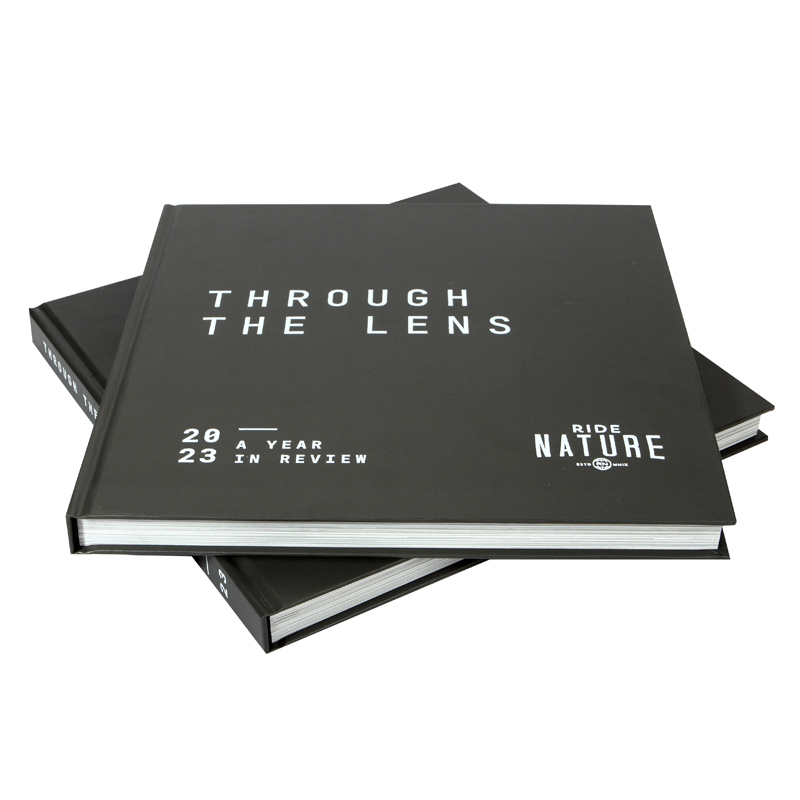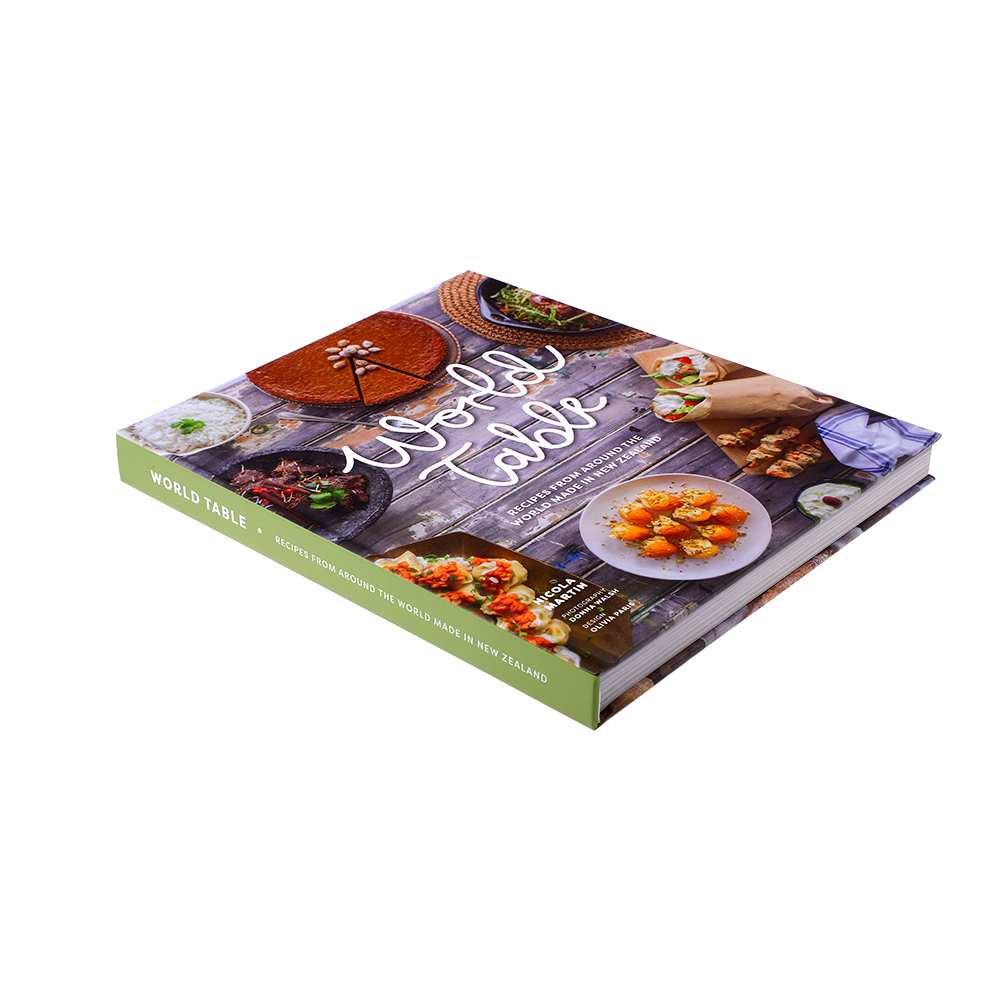Sut i Ddylunio Clawr Llyfr Clawr Caled Perffaith
Your hardcover book cover is more than just a protective shell; it’s a powerful marketing tool and a key player in creating an unforgettable first impression. As an author, artist, or publisher, your goal is to attract readers, convey the essence of your story, and reflect the quality of your work—all within a single glance. This guide covers everything you need to know to design a hardcover book cover that resonates with your audience, from choosing the right materials and design elements to understanding the printing process. Let’s delve into what it takes to create a hardcover book cover that not only protects but also elevates your book to a higher level.
Tabl Cynnwys
The Role of a Hardcover Book Cover in Publishing Success
The cost of custom book printing can vary widely, typically ranging from $2 to $10 or more per copy. Lower-priced printing options may lack certain features, such as full-color images or hardcover bindings. However, it’s vital not to compromise on quality in pursuit of savings. Readers often seek high-quality books; therefore, it’s essential to strike a balance between quality and cost.
First Impressions Are Everything
A hardcover book cover is often the first interaction a reader has with your book. In just a few seconds, a well-designed cover can communicate genre, tone, and intrigue, setting the stage for the reading experience. Whether your book is a thrilling mystery, a heartfelt romance, or a thought-provoking non-fiction piece, the cover should match the mood and theme to align with the reader’s expectations. Beyond drawing attention, your cover also represents your brand as an author or publisher, helping you build recognition across your portfolio. Consistent, cohesive design choices make your work instantly recognizable in a competitive market.
Aesthetic and Practical Value: Durability and Perceived Quality
A hardcover book cover not only enhances the visual appeal but also adds a layer of durability. With their rigid construction, hardcovers protect your book’s pages from wear and tear, preserving your work for years to come. This robustness also gives your book a premium feel, making it a popular choice for first editions, collectors, and readers who value quality. Hardcovers typically carry a higher perceived value, which can justify a higher price point and enhance your book’s position as a high-quality product in the market.
Core Design Elements for an Eye-Catching Hardcover Book Cover
Mastering Color Schemes and Imagery
Color is a powerful communicator in book design, setting the tone and drawing the reader’s eye. Bold colors like red or black suggest intensity and mystery, ideal for thrillers or horror novels. Pastels, on the other hand, evoke a sense of calm and warmth, suitable for romance or self-help books. Bright, saturated colors communicate energy, while muted tones can signal sophistication, making them ideal for historical or academic works.
Choosing the right imagery is equally crucial. Striking photographs or illustrations can enhance a cover’s appeal, but they should be carefully selected to resonate with the book’s content. For example, an adventurous fantasy novel might feature dramatic landscapes, while a memoir might display a meaningful personal symbol. Always ensure that the visuals align with the genre and narrative to avoid misleading the audience.
Typography: The Silent Messenger of Tone
The font you choose speaks volumes about your book. Serif fonts, with their traditional feel, are often used in classical literature, historical novels, or serious non-fiction. In contrast, sans-serif fonts, known for their simplicity and modern look, work well for contemporary fiction and lifestyle books. Script fonts bring an element of elegance and intimacy, which can be effective for romance or memoirs.
Font size and weight can also affect the cover’s impact. Bold, large titles convey authority and confidence, capturing attention from a distance. Smaller, delicate fonts work well for subtle details, adding depth to the design. Combining typography with graphic elements like borders, lines, or icons can unify your design and give it a professional, polished look.
Special Finishes: Adding a Touch of Luxury
To make your hardcover book cover truly stand out, consider special finishes like foiling or spot UV. Foil stamping, which adds metallic shine to selected elements, can emphasize key details like the title or author name, giving the book an upscale appearance. Spot UV, which applies a glossy layer to certain areas, creates contrast and depth, making the cover more visually engaging. These finishes are especially effective in genres where a luxurious look is appealing, such as memoirs, art books, or literary fiction.
The Printing Process: From Concept to Physical Book
Pre-Printing Preparation: Getting Your Design Ready
Preparing your cover for print is a meticulous process. Start with high-resolution images (300 dpi or higher) to ensure sharpness and clarity. Align your design with adequate margins and incorporate a bleed—extra space around the design to prevent unprinted edges after trimming. This step ensures that your final product looks polished and professional.
Equally important is setting your design to the CMYK color mode, which is standard for printing. This color setting ensures that what you see on your screen closely matches the final printed result. Before submitting your files, check that all fonts are embedded to avoid unexpected substitutions, which could alter your cover’s appearance.
Printing Techniques: Offset vs. Digital Printing
For hardcover books, offset printing is often the preferred method due to its high-quality results, consistent color, and sharp details. Offset printing is especially suitable for large print runs, as it maintains a high standard across all copies. However, if you’re working on a smaller print run or need faster turnaround, digital printing offers a flexible and cost-effective alternative. While digital printing may not provide the same level of detail as offset, it still produces impressive results and is often more economical for independent authors.
Post-Printing Treatments: Enhancing Durability and Aesthetics
Post-printing treatments like matte or gloss lamination protect your cover while enhancing its aesthetic appeal. Gloss lamination brightens colors and creates a shiny finish, making the cover visually dynamic. Matte lamination, by contrast, offers a softer, more refined look, often preferred for genres that lean towards sophistication. These treatments not only safeguard the book from scuffs and fingerprints but also add an extra touch of professionalism.
Customization and Personalization for a Unique Book Cover
Tailoring Your Cover to Fit Your Book
Custom sizing allows you to match the cover perfectly to your book’s dimensions, whether it’s a small, portable guide or a large coffee table book. Working with professional printers gives you the flexibility to choose unique specifications that align with your creative vision, ensuring a cohesive, polished final product.
The Benefits of Professional Printing Services
Professional printing services offer expertise and advanced equipment that self-publishing authors may not have access to. Printers like Books Printing Factory can guide you through each step, from color matching to file preparation, ensuring that the final product meets your expectations. Their experience helps avoid common pitfalls, such as resolution issues and formatting errors, ensuring a smooth process that culminates in a high-quality cover.
DIY Design vs. Professional Design: Making the Right Choice
Designing your cover yourself allows for complete creative control and can save money if you’re on a tight budget. However, professional designers bring industry knowledge, understanding elements like typography, color theory, and layout to make your cover visually compelling. If you want your book to resonate with a specific market, a professionally designed cover can enhance its appeal and help it meet industry standards.
Additional Features to Enhance Your Hardcover Book Cover
Eco-Friendly Printing Options for a Sustainable Choice
More readers are now eco-conscious, preferring books printed with environmentally friendly practices. Options like recycled paper, biodegradable inks, and eco-friendly laminates help reduce the ecological impact of book production. Many professional printers offer sustainable printing options, allowing you to appeal to environmentally aware readers without compromising on quality.
Adding a Dust Jacket for a Premium Touch
A dust jacket provides extra protection and a canvas for additional design elements, such as author bios or book reviews. This removable cover enhances the book’s visual appeal and gives collectors an added feature to enjoy. Dust jackets are popular among premium books and make a hardcover stand out on store shelves and online marketplaces.
Steps to Order Your Hardcover Book Cover
Ordering a hardcover book cover is simple with Books Printing Factory streamlined process. Start by uploading your design files and selecting your preferred options for material, finish, and size. Books Printing Factory instant quote tool provides transparency on costs, so you know exactly what to expect. Their step-by-step process ensures that you’ll receive a professionally printed hardcover cover that aligns with your creative vision.
Conclusion: Creating a Hardcover Book Cover That Captivates and Protects
Crafting an exceptional hardcover book cover involves thoughtful design choices, from color and typography to printing techniques and special finishes. A well-designed hardcover cover not only protects your book but also enhances its appeal, serving as a reflection of the story within. With the right preparation, materials, and printing support, your hardcover book cover can elevate your project, helping it to leave a lasting impression on readers.
Ready to design your hardcover book cover? Explore Books Printing’s services to get a quote and begin crafting a cover that’s as unique as your story. For more resources, visit Books Printing’s blog and support sections, where you’ll find additional tips on everything from design to the printing process.
Cwestiynau Cyffredin
1. What is “bleed” in book cover design, and why is it necessary?
Bleed refers to the extra margin around your design that ensures no unprinted edges appear after the cover is trimmed. Adding bleed helps ensure a professional, polished look without white borders.
2. How do I prepare my cover files for printing?
Ensure your files are in high resolution (300 dpi), formatted in CMYK color mode, and include bleed. Most printers provide file upload instructions, making it easy to ensure your cover aligns perfectly.
3. What is lamination, and how does it benefit my cover?
Lamination involves applying a protective coating over the cover to enhance durability and appearance. Gloss lamination adds shine and vibrancy, while matte provides a soft, professional look. Both options protect against wear and fading.
Argraffu Llyfr
Cynhyrchion Newydd
Blog Diwethaf
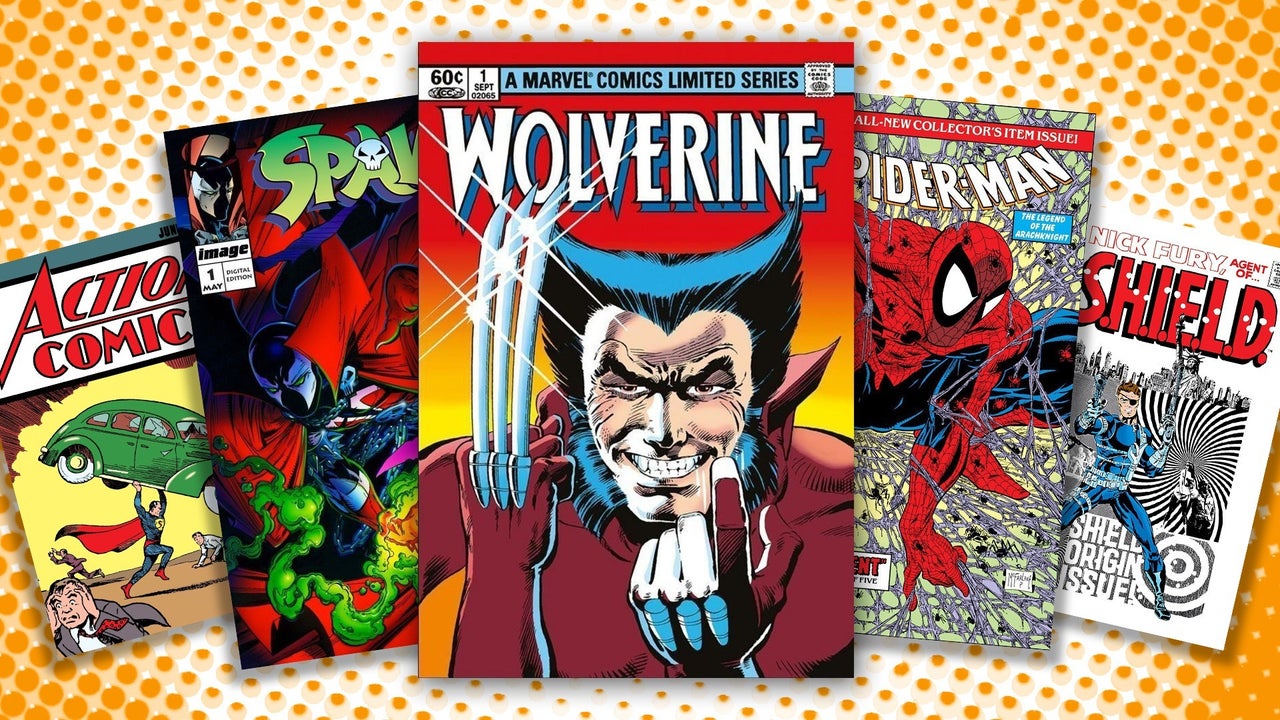
Pa Gwmni sy'n Argraffu Llyfrau Comig
Mae creu llyfr comig yn llafur cariad dwys, gydag oriau di-ri yn cael eu tywallt i ddarluniau, bwrdd stori,
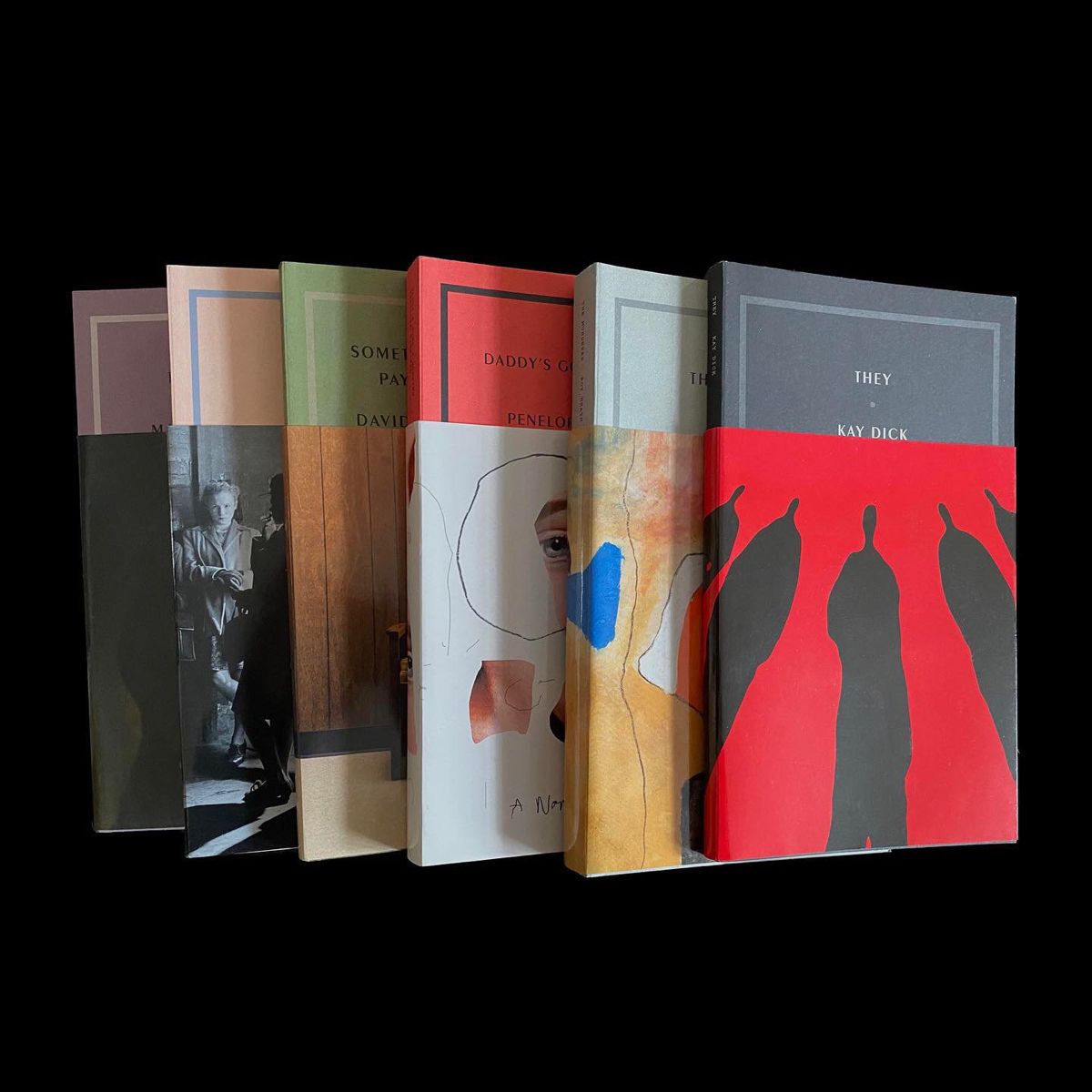
Manteision Dewis Llyfrau Clawr Caled
Mae llyfrau clawr caled wedi swyno darllenwyr ers dros dair canrif, gan ennill lle annwyl mewn llyfrgelloedd a chartrefi fel ei gilydd. O lenyddiaeth glasurol i deitlau hunangymorth cyfoes
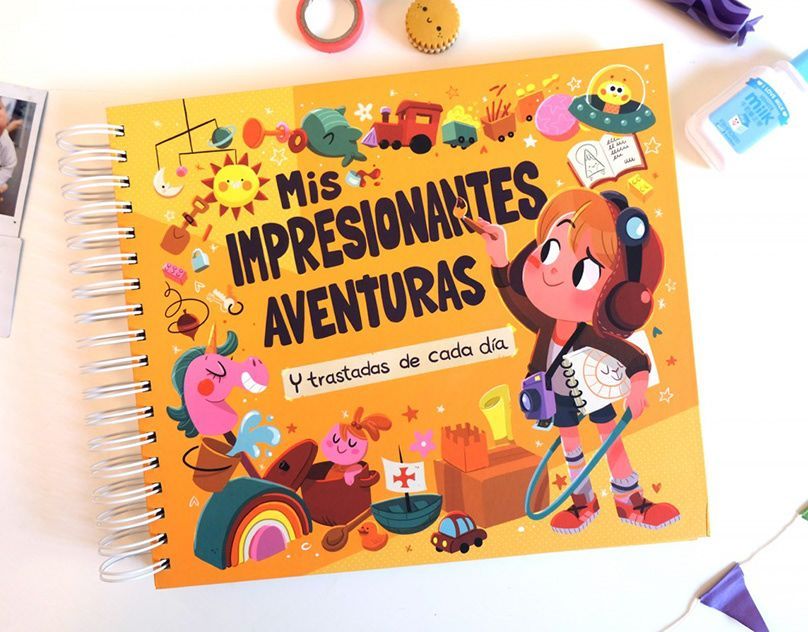
Faint Mae'n Gostio Argraffu Llyfr Lliwio
Ydych chi'n artist neu'n awdur sy'n awyddus i drawsnewid eich syniad llyfr lliwio creadigol yn gynnyrch diriaethol?
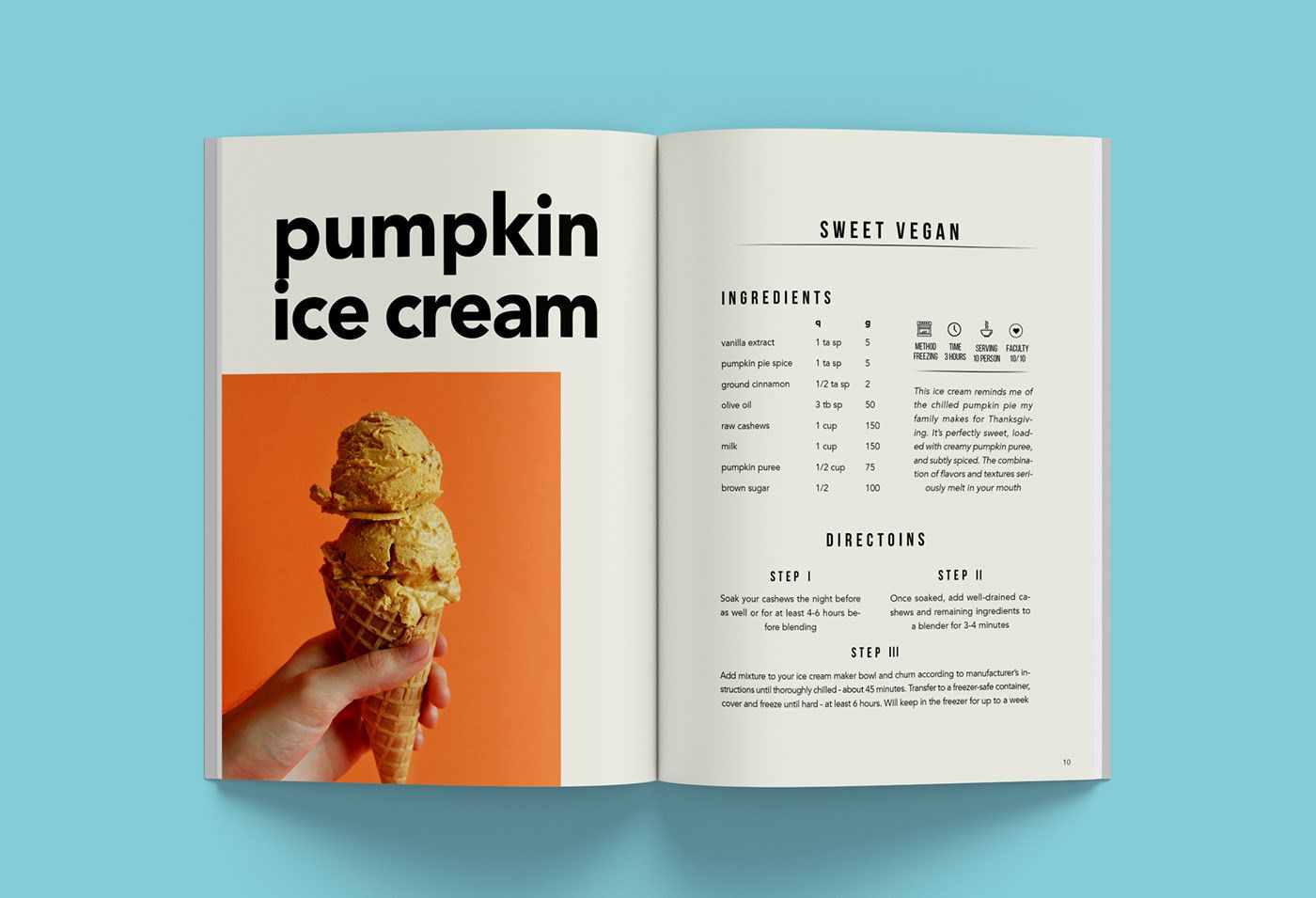
Pam fod rhai argraffiadau clawr caled yn llawer rhatach na'r rhifynnau clawr meddal
Mae prisio llyfrau bob amser wedi bod yn bwnc cymhleth ac weithiau dyrys i ddarllenwyr. Er bod llyfrau clawr caled yn cael eu hystyried yn ddrutach yn draddodiadol oherwydd eu deunyddiau cadarn a chostau cynhyrchu uwch
Cysylltwch â Ni
- +86 13946584521
- info@booksprinting.net
- 8:00 - 22:00 (Llun - Sul)
Sylwadau
Blog Cysylltiedig
Dewch o hyd i'r tueddiadau diweddaraf a gwybodaeth gyffredin mewn busnes argraffu llyfrau.
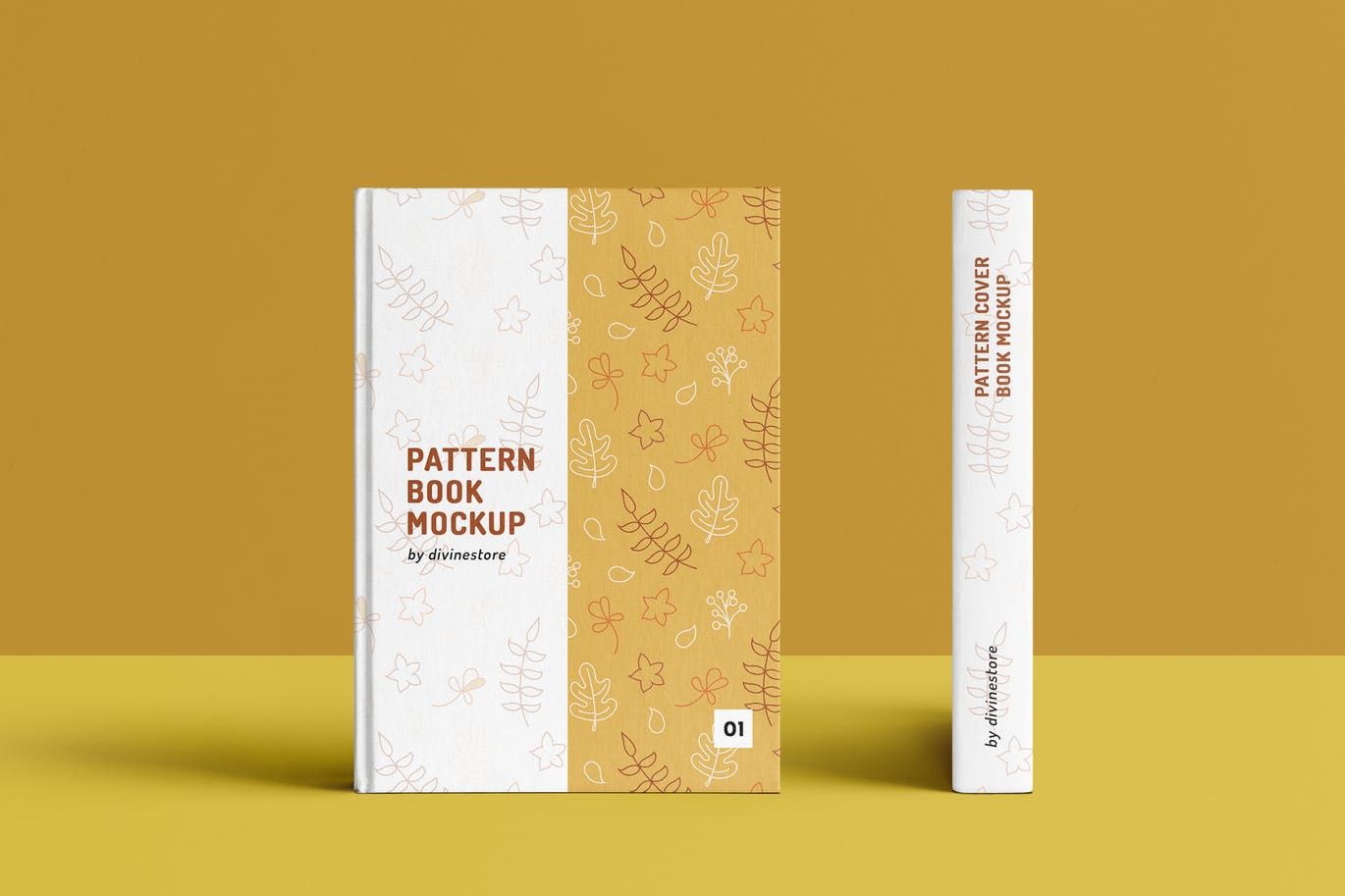
Pam Mae Dewis Gwasanaethau Argraffu Llyfrau Proffesiynol yn Fuddsoddiad Craff ar gyfer Eich Prosiect
Mae gan lyfrau swyn oesol, gan gynnig ffordd unigryw o gyfleu gwybodaeth, straeon a syniadau. Er gwaethaf y cynnydd mewn darllen digidol,
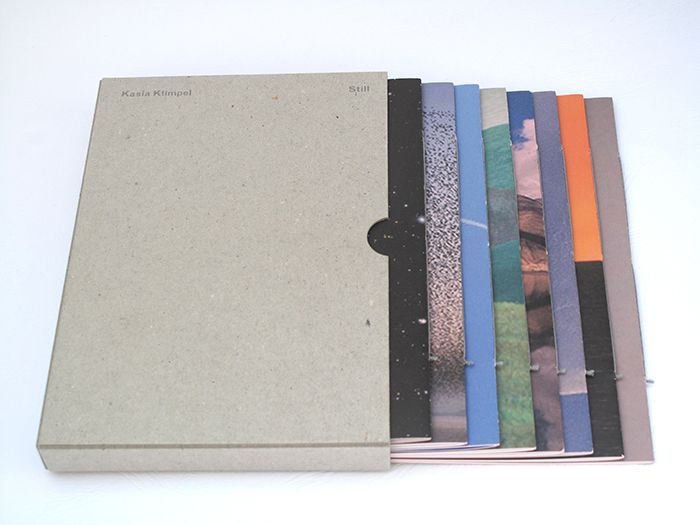
Codwch Eich Marchnata gydag Argraffu Llyfryn Personol
Os ydych chi'n plymio i hunan-gyhoeddi, un o'ch prif bryderon fydd dod o hyd i opsiynau darbodus ar gyfer argraffu llyfrau
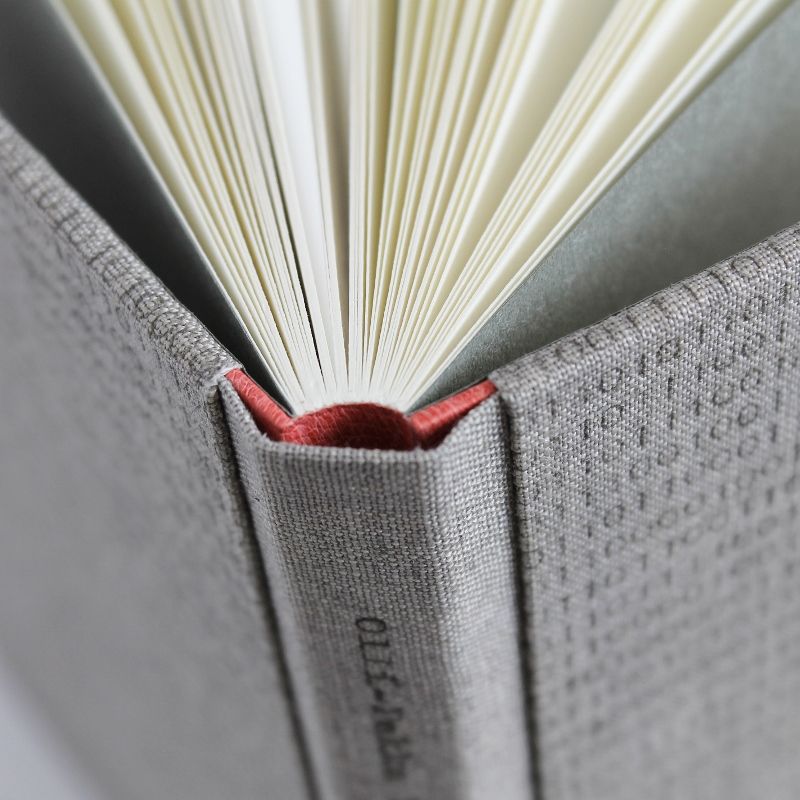
Pa Fath O Bapur a Ddefnyddir Ar gyfer Argraffu Llyfrau?
Os ydych chi'n plymio i hunan-gyhoeddi, un o'ch prif bryderon fydd dod o hyd i opsiynau darbodus ar gyfer argraffu llyfrau
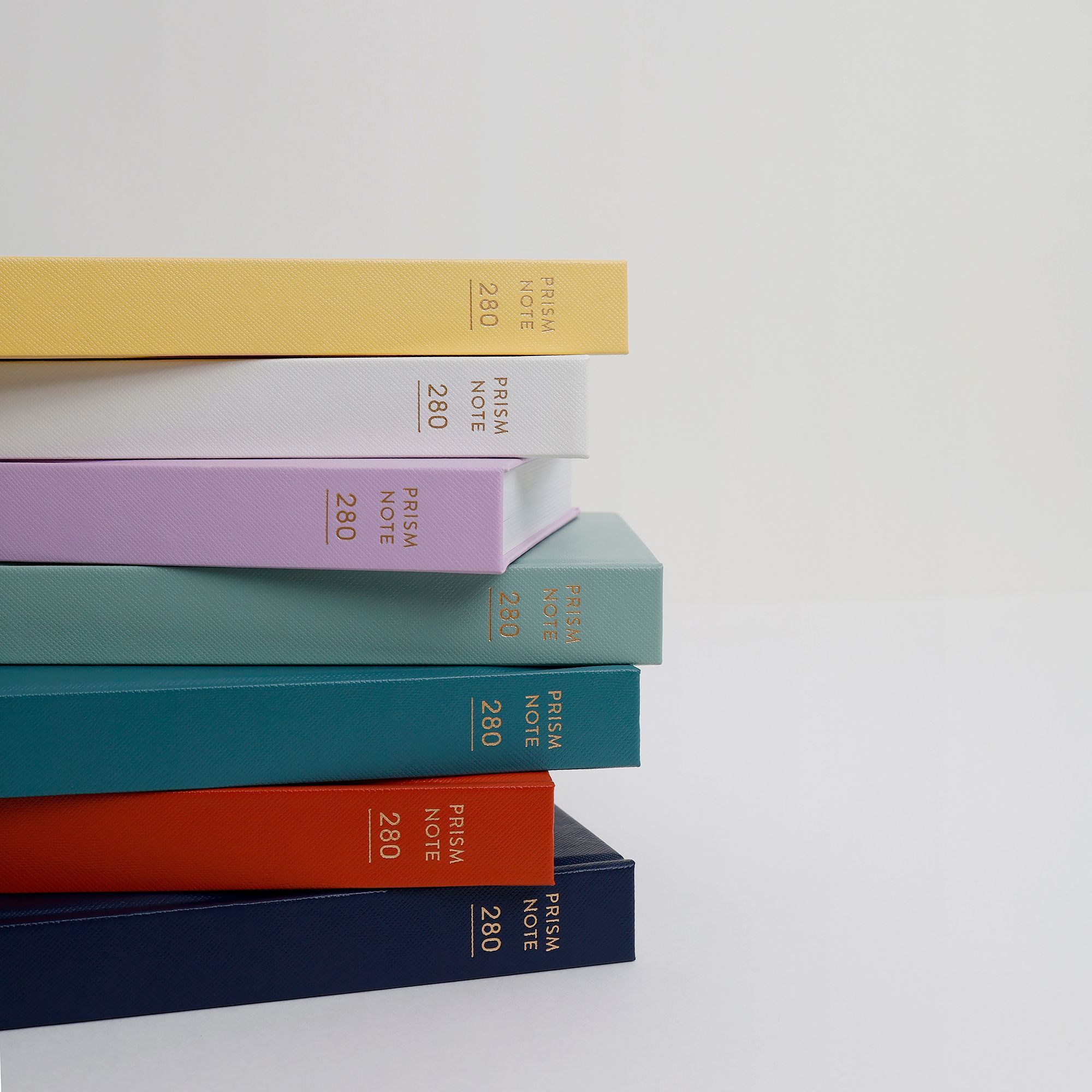
Manteision Gwasanaethau Argraffu Llyfrau Proffesiynol
Os ydych chi'n plymio i hunan-gyhoeddi, un o'ch prif bryderon fydd dod o hyd i opsiynau darbodus ar gyfer argraffu llyfrau

